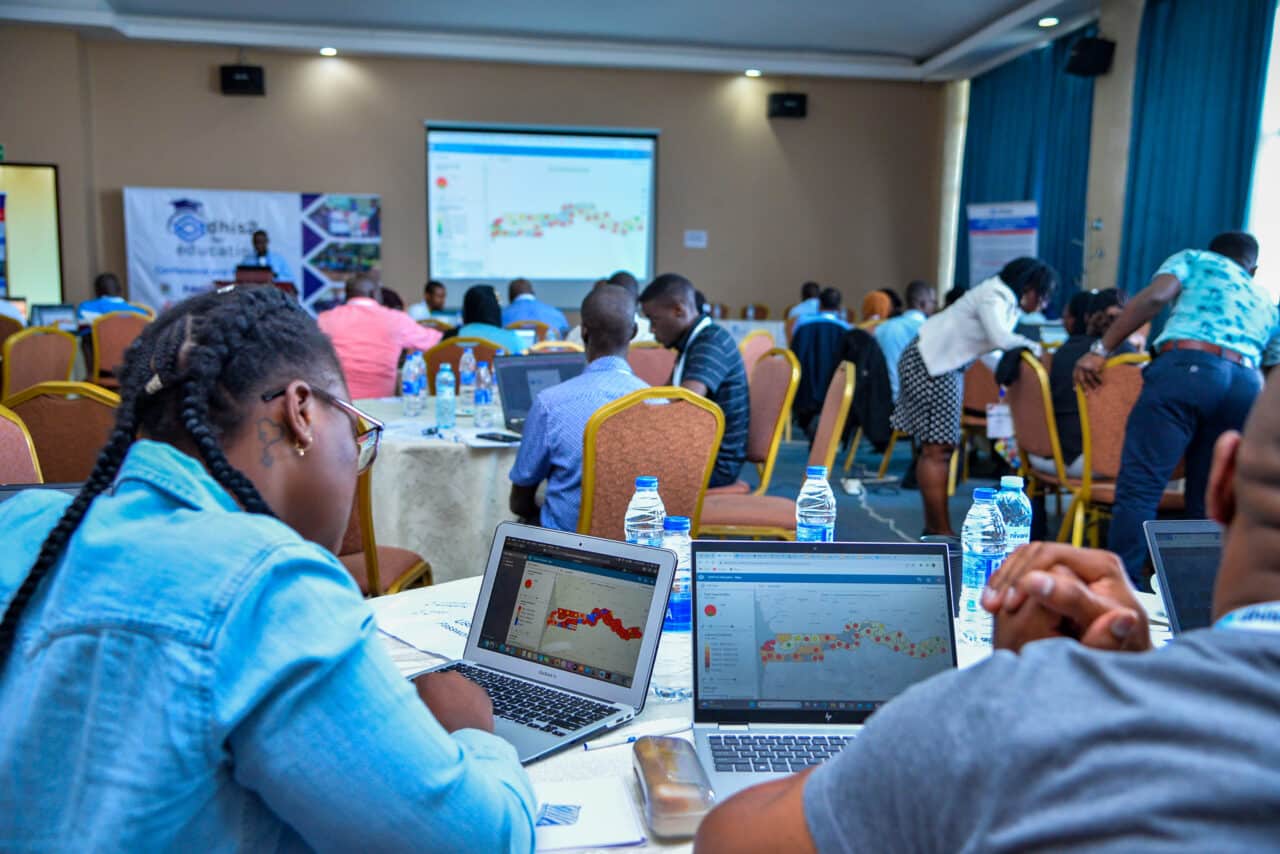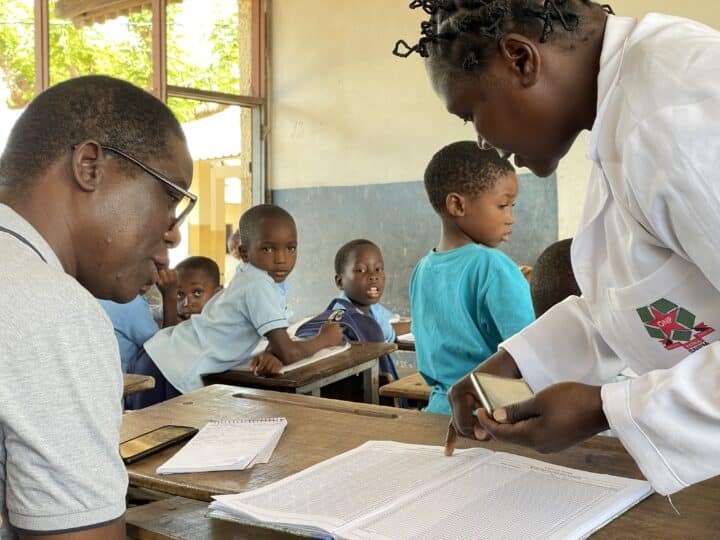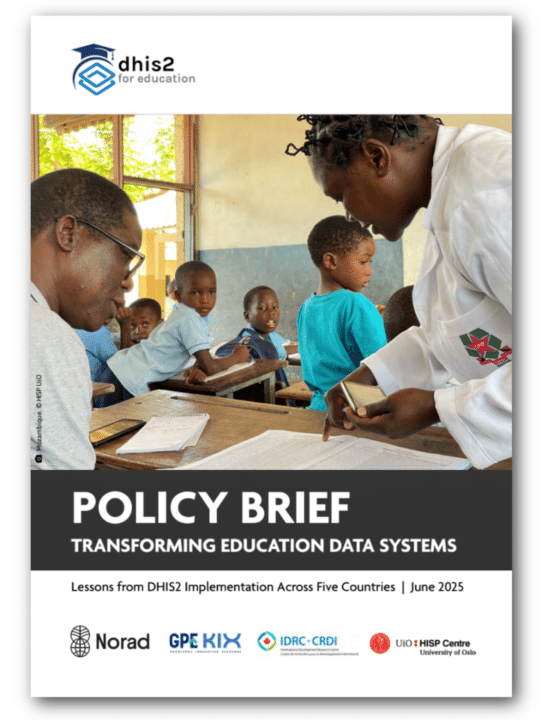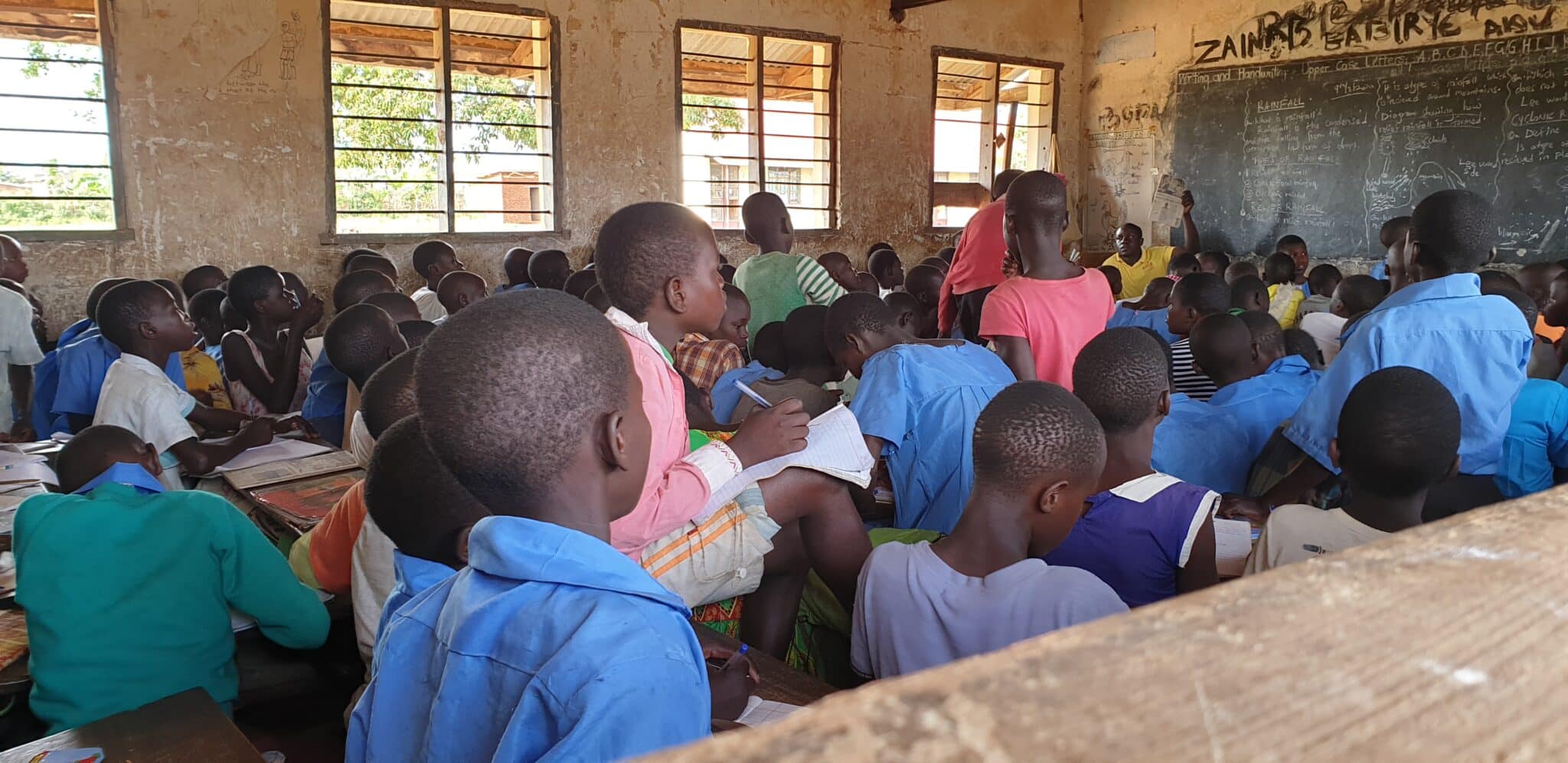
Report Finds Education Digital Transformation Affordable and Scalable with DHIS2-Ed
Over 1,000 education officers trained and national or district-scale rollouts achieved in five countries show how DHIS2 can modernize education data systems for as little as USD 2,300 per school.
Over the past four years, a Norad-funded initiative has put the open-source DHIS2 platform to the test in five countries—The Gambia, Uganda, Mozambique, Sri Lanka, and Togo—exploring how it can modernize education management information systems (EMIS) in some of the world’s most resource-constrained settings.
The results are promising: from national rollouts and innovative school tracking apps to cost savings and new academic programs, the DHIS2 pilots have shown that digital transformation in education is not only possible, but also affordable and scalable.
A policy brief authored by the Global E-Schools and Communities Initiative distills key lessons for anyone interested in the future of education data systems.

Key Lessons
- Scalability and Local Ownership: National leadership and regional support enabled rapid, tailored rollouts. The Gambia achieved national scale, while Uganda, Sri Lanka, and Togo reached district-level integration. Mozambique focused on its largest provinces.
- Cost-Effectiveness: Implementation averaged just USD 3,240 per school, with Uganda reducing costs to USD 2,300 by using existing health infrastructure.
- Interoperability and Innovation: DHIS2’s open-source design allowed integration with existing systems and the creation of new tools like dashboards and tracking apps.
- Human Capacity Development: Over 1,000 education officers were trained, and new academic programs (such as a Master’s in EMIS in The Gambia) were launched.
- South–South Collaboration: Innovations developed in one country were adapted and reused in others, speeding up progress and saving costs.
- Ongoing Challenges: Issues like fragmented governance, infrastructure gaps, and sustainability risks—especially in countries with less internal funding—highlight the need for continued investment and strong leadership.
DHIS2-Ed is positioned as a digital public good that can transform education data systems, provided it is embedded in national priorities and supported by committed leadership. The experience across these five countries offers a practical roadmap for others aiming to modernize their education management information systems affordably.
Click below to explore the full policy brief:



